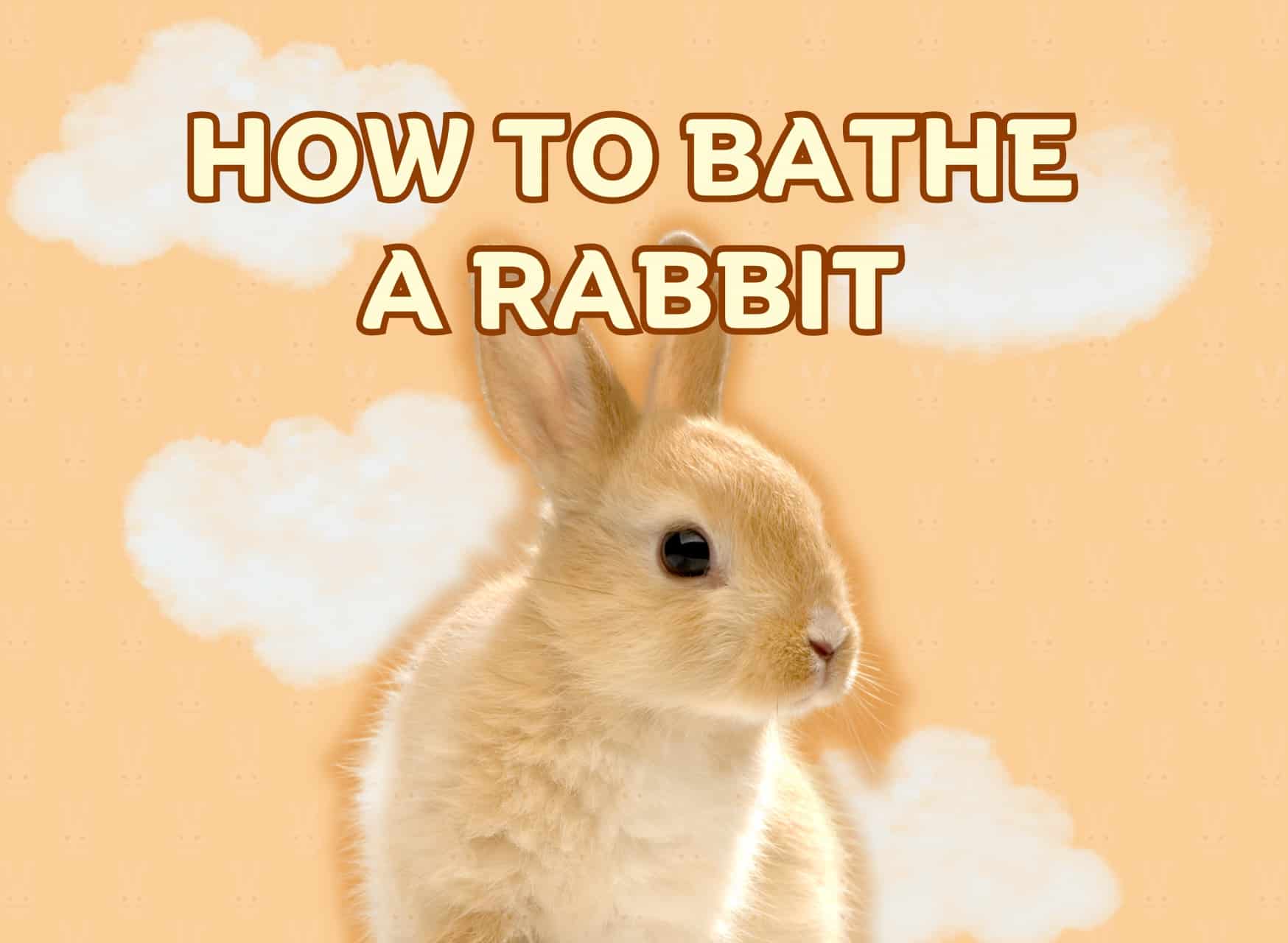How to Make Fleece Bedding for Guinea Pigs: The Best Guide for Caring

Sharing is Caring!
With their charming personalities, Guinea pigs are beloved small pets that thrive in a clean and comfortable environment. A crucial component of their habitat is a snug and cozy bedding material. Fleece bedding for guinea pigs stands out as an excellent option for ensuring your furry friend’s well-being and contentment. In this comprehensive guide, we’ll walk you through each step of creating fleece bedding for Guinea Pigs that is promised to specifically tailored for them.
Why Should We Make Fleece Bedding for Guinea Pig
1. The comfort factor for your guinea pig

Luxuriously Soft and Cozy
Guinea pigs have sensitive feet, making comfort a paramount concern. Fleece bedding provides a plush surface that’s gentle on their paws. Its soft texture mimics the feel of natural grass, creating a cozy environment reminiscent of their natural habitat.
Temperature Regulation
Maintaining the right temperature is crucial for the health of your guinea pig. Fleece bedding acts as a natural insulator, keeping them warm in colder months and cool during the summer. Unlike traditional bedding, fleece doesn’t absorb moisture, ensuring a consistent and comfortable climate for your pet.
Gentle on Skin
Some guinea pigs have sensitive skin prone to irritation. Traditional bedding materials like wood shavings or paper can exacerbate this issue. Fleece bedding eliminates the risk of skin problems, providing a gentle surface that won’t cause discomfort or allergies.
2. Cost-Effectiveness in longrun
Long-Term Savings
While the initial investment in fleece bedding may seem higher, it proves cost-effective in the long run. Unlike disposable bedding, fleece is durable and can last for years with proper care. This not only saves money but also reduces waste, making it an eco-friendly choice.
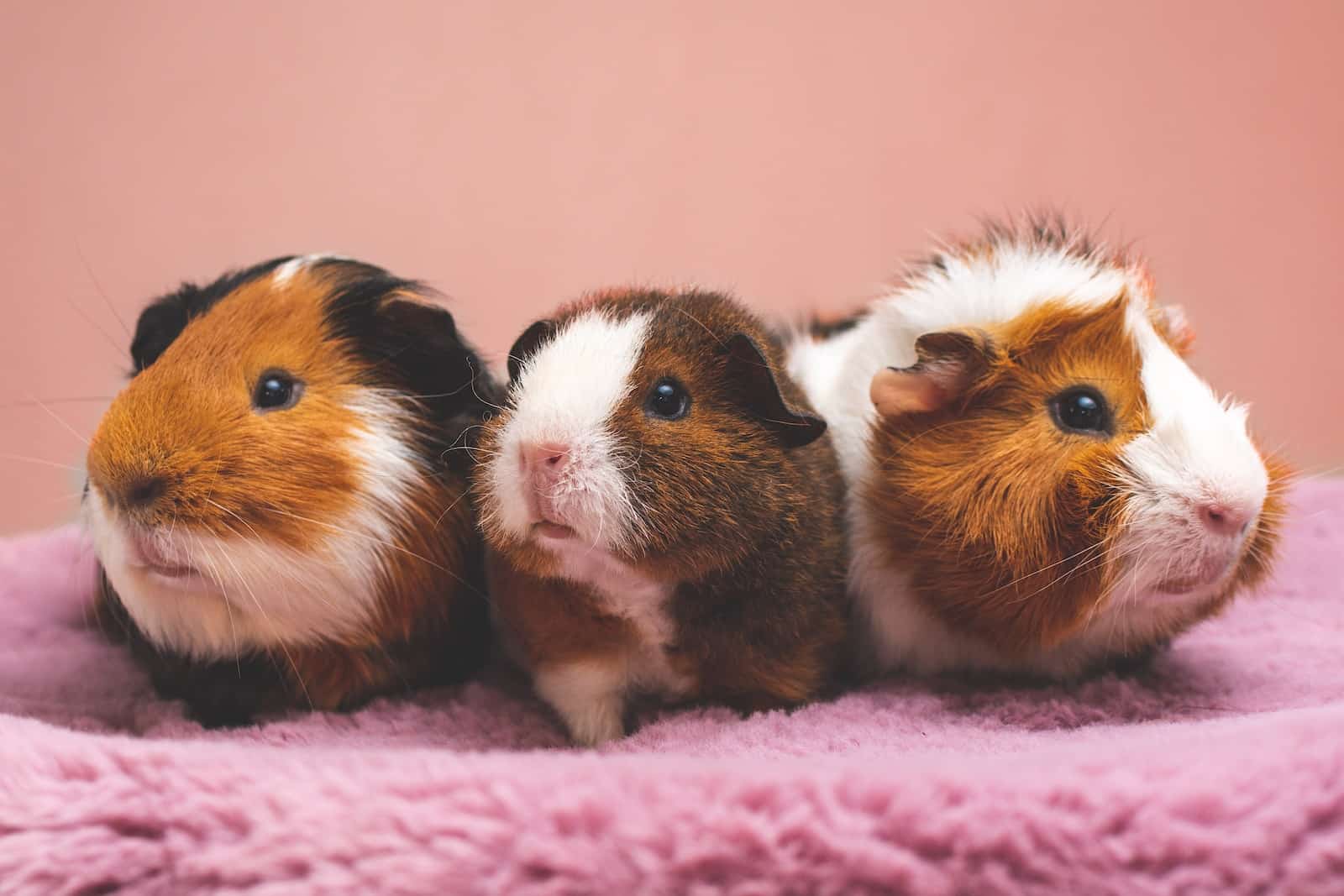
Easy Maintenance
Cleaning traditional bedding can be a time-consuming and messy task. Fleece bedding simplifies this process. Regular spot-cleaning and weekly washing are all that’s needed to maintain a clean and odor-free environment for your guinea pig.
3. Providing the best bedding for guinea pigs helps them be healthy and happy
Reduced Allergens and Dust
Owning a pet can be extremely frustrated in terms of cilia or fur loss that can lead to hygien problém for both your pet and you. Traditional bedding materials are easily sticky to pet fur, making it harder to clean and take out the fur. Besides, those materials may contain allergens and dust particles that are harmful to both you and your guinea pig. Fleece bedding is hypoallergenic and significantly reduces the risk of respiratory issues, ensuring a healthier living environment.
Odor Control
One common concern for guinea pig owners is managing odors. Fleece bedding, when paired with an absorbent layer, effectively wicks away moisture, minimizing odors and keeping the cage fresh.

4. Environmental-Friendly Pet Owning Habit
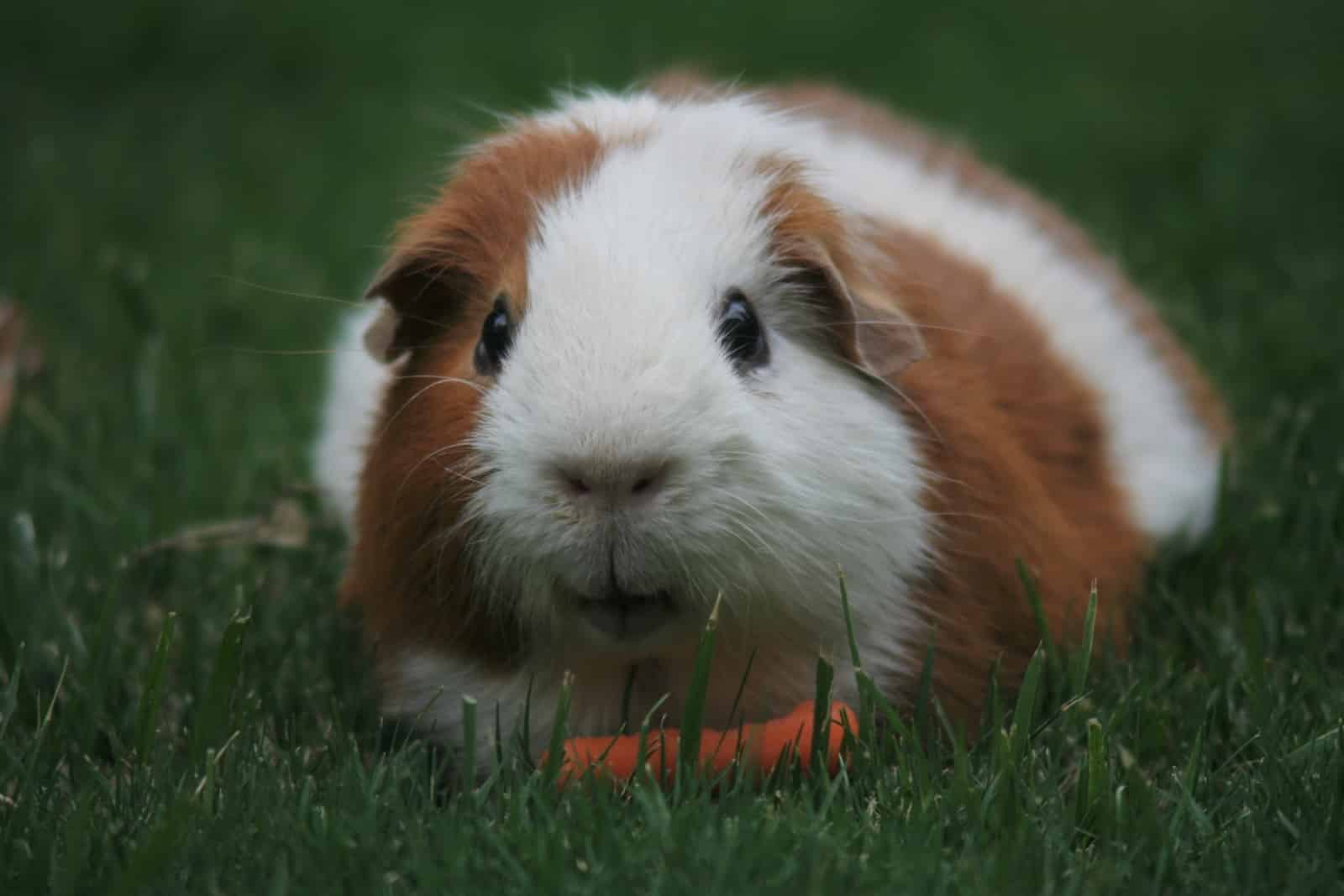
When it comes to providing a comfortable and safe environment for our beloved guinea pigs, opting for fleece bedding stands out as an eco-conscious decision. Unlike disposable bedding options, which contribute to unnecessary waste, utilizing fleece bedding is a sustainable alternative that aligns with responsible environmental practices.
Disposable bedding options often end up in landfills, contributing to the growing problem of waste accumulation. In contrast, fleece bedding can be washed and reused, significantly decreasing the amount of waste generated in the care of pets. This small change in bedding choice can make a substantial impact on our ecological footprint. Besides, fleece, a synthetic fabric made from recycled materials, not only provides a soft and cozy surface for guinea pigs but also supports the recycling industry.
101 Guide: How to Make Fleece Bedding for Guinea Pigs
Materials You’ll Need to make the best bedding for Guinea Pigs
Before we embark on this DIY project, let’s gather the essential materials:
1. Fleece Fabric:
Opt for a soft, breathable fleece fabric to provide maximum comfort for your guinea pig. Look for fleece with a low pile, as this will be gentler on your pet’s sensitive feet. Avoid fabrics with loose threads or rough textures, as they may cause discomfort or pose a choking hazard.
Importantly, do not select the ready-made fleece bedding with stuffed cotton because the guinea pigs may mistake the cotton for food when the fleece is worn out. Some people may think the stuffed bedding will help the guinea pigs to feel more comfortable while in fact, it is much more dangerous than homemade bedding. You can make the bedding much comfortable by adding more layers or choosing good-quality fleece.

2. Absorbent Layer:
The absorbent layer is crucial for managing moisture and maintaining a clean environment. If the absorbent layer is not carefully selected, the guinea pigs may have serious skin diseases as they spend most of their time in the fleece bedding sleeping, and resting. You can find several options for absorbent layers anywhere from drug stores, supermarkets, groceries, etc.
- Furniture Pad: These are highly absorbent, durable, and easy to cut to size to fit your cage perfectly.
- Towel: These are the most suitable options for absorbent layers as they are washable and good at absorbing liquid. A thick, absorbent towel can also serve as an effective layer for bedding. Look for towels made of natural fibers like cotton for optimal absorption.
- Disposable Puppy Pad: These pads are designed to absorb moisture. Ensure they are securely attached to prevent any risks of ingestion.
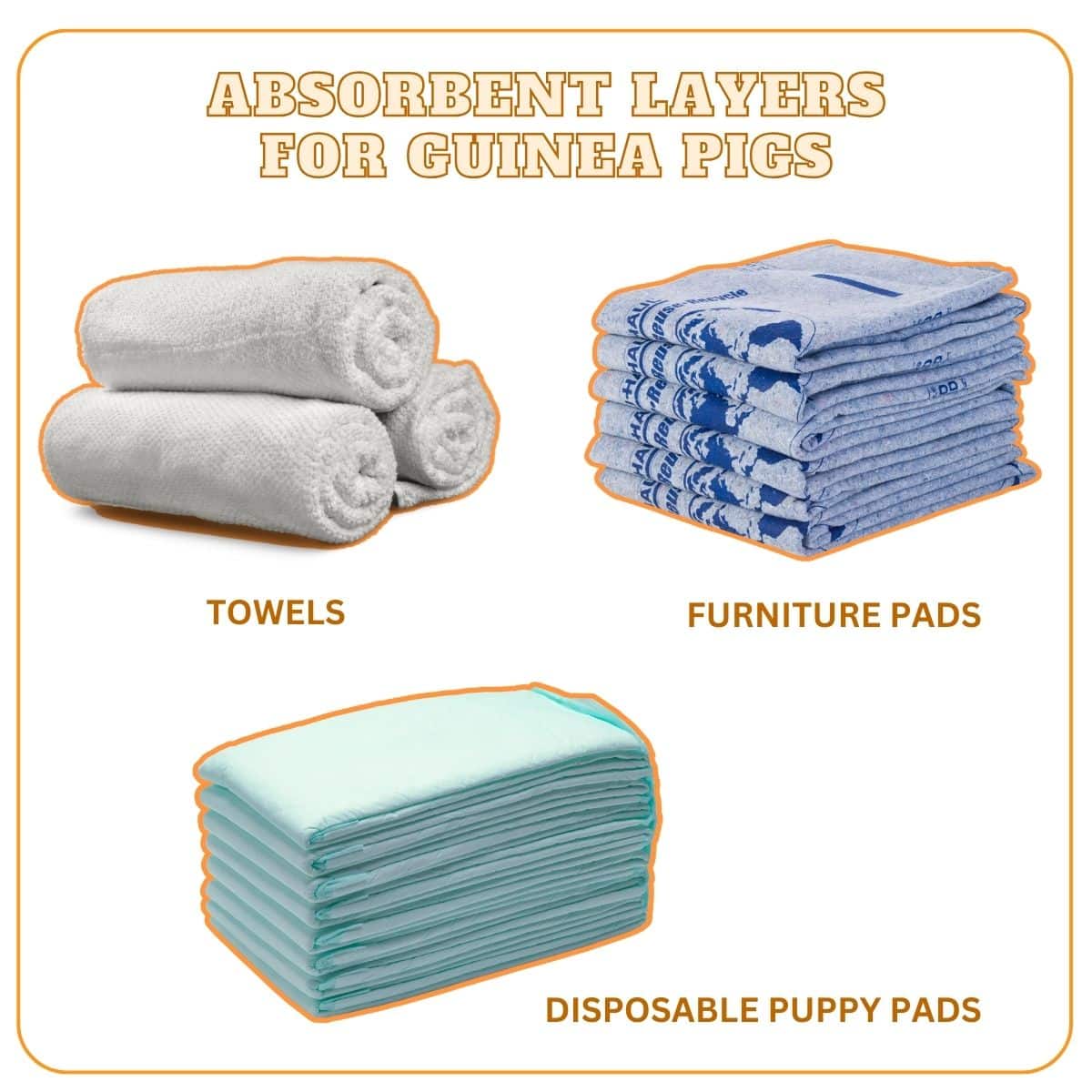
3. Sewing Kit:
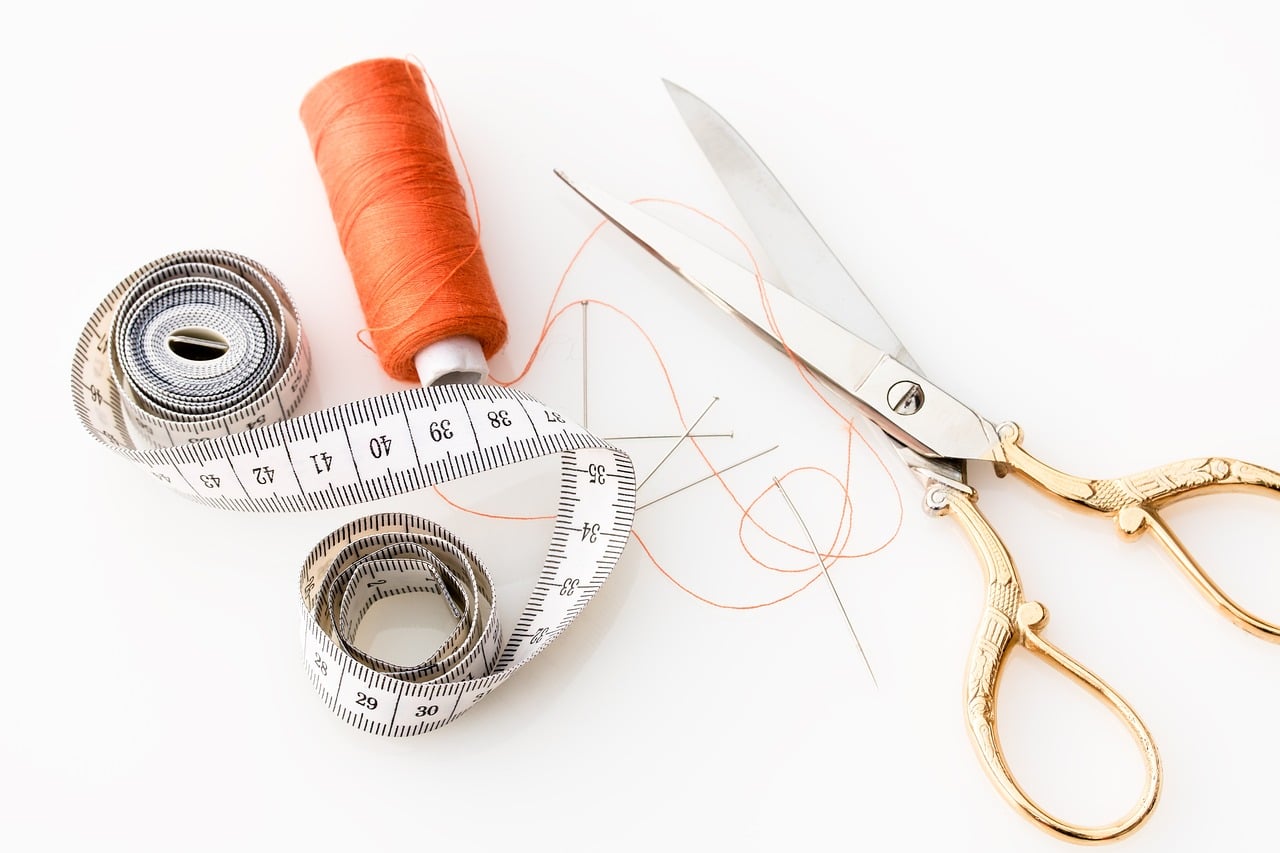
A high-quality sewing kit is essential for crafting a durable and long-lasting fleece bedding. Ensure you have the following:
- Sharp Scissors: Invest in a good pair of fabric scissors to make precise cuts and prevent fraying.
- Reliable Thread: Choose a thread that is strong and suitable for sewing fleece. Polyester or nylon threads are commonly recommended.
- Sewing Machine (Optional): While not mandatory, a sewing machine can speed up the process and provide added durability to your bedding.
- Measuring Ruler or Tape: Accurate measurements are key to ensuring a snug fit for the bedding in your cage. A ruler or tape measure will help you achieve this.
4. Pins: Pins are invaluable for securing the layers together during the sewing process. Use them to hold the fleece and absorbent layer in place, ensuring they align properly before you begin stitching.
5. Additional Considerations:
- Velcro or Snaps (Optional): If you want a removable cover for your bedding, consider using Velcro or Snaps. This will make it easier to remove and clean the bedding as needed.
- Fabric Markers (Optional): If you plan on customizing your fleece bedding with patterns or designs, fabric markers can be a fun and creative addition to your toolkit.
By carefully selecting these materials, you’ll be well-equipped to create a comfortable, absorbent, and safe fleece bedding for your guinea pig, ensuring they have a cozy space to call home.
Step-by-Step Instruction on How to Make Fleece Bedding for Guinea Pigs
1. Measure and Cut the Fleece
Begin by measuring the dimensions of your guinea pig’s cage and write it down to avoid mistaking the true measurements of the cage. Having a perfectly-fit fleece allows the guinea pigs to roll around without moving the sheet.
Add an extra 5 inches to all sides for a snug fit. This extra fabric ensures that the bedding adequately covers the cage floor and avoids any potential shrinkage during washing. Once measured, carefully cut the fleece fabric accordingly.
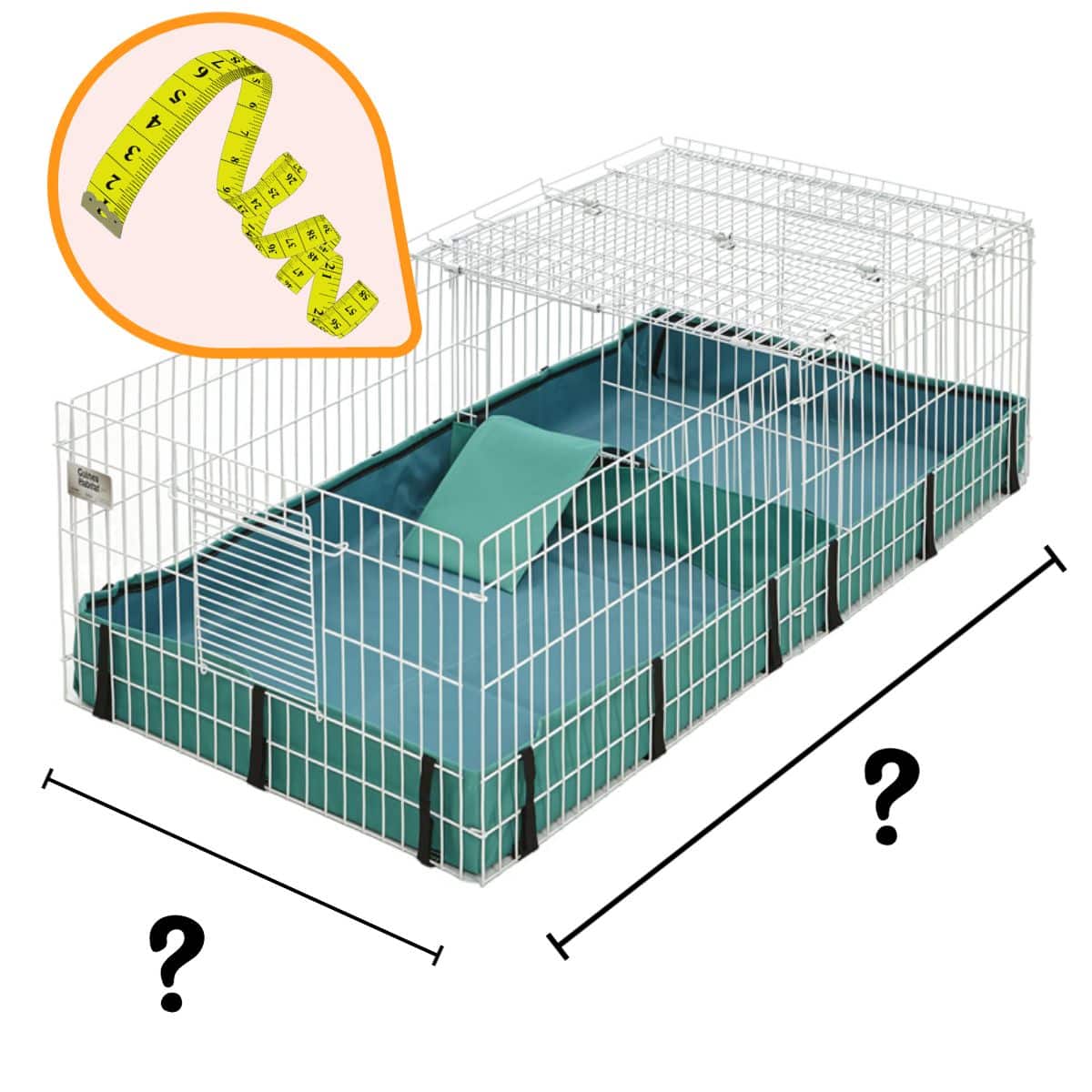
2. Add an Absorbent Layer
Place the chosen absorbent layer, whether it’s a furniture pad, towel, or disposable puppy pad, on top of the fleece. Trim it to match the dimensions of the fleece. This layer is crucial for soaking up moisture and keeping your guinea pig dry and comfortable.

3. Secure the Layers
Use pins to secure the layers together in order to prevent shifting of each layer. This ensures that the guinea pig remains comfortable and dry throughout their time on the bedding. Lay the fleece with the more vividly-colored side facing up, followed by the second piece of fleece with the clear side facing away. Then, place the absorbent layer on top. Pin all around the outside edge to hold all the layers together for sewing.

4. Sew the Layers Together

This is the most important step in this process. Firstly, Using your sewing machine, start stitching about half an inch from the edge. This stitching will securely attach the layers, ensuring they stay in place even after washing. It is advised for you to do running stitches as it will hold the layers together strongly.
Begin in the middle of one of the longer sides and sew a straight line all the way around the outside edge. Leave a 5 to 7 -inch hole so you can turn the liner right side out. Cut off the excess material around the outside, leaving about 0.25″ for strength. At the moment you finish cutting off the excess fleece at the borders, your fleece bedding is actually the inside face of the bedding.
So you have to turn the liner right side out by poking the finger to the 5-7-inch hole you leave unstitched earlier and grab everything inside out. Then your true fleece bedding will reveal. Now, all you need is to sew up the hole and place it under the sacks, guinea pigs’ houses, under the eating areas of your pets, or anywhere you want.
5. Create Fasteners (Optional)
If your guinea pig is particularly active and tends to move their bedding around, consider adding fasteners. Velcro strips or snap buttons can be strategically placed to keep the bedding securely in place.
6. Test the Fit
Before placing the bedding in your guinea pig’s cage, ensure that it fits snugly. Make any necessary adjustments to the dimensions if needed. A well-fitted bedding ensures your pet’s comfort and safety.
7. Introduce the Bedding
Now, introduce the freshly crafted fleece bedding into your guinea pig’s cage. Observe their reaction to ensure they are comfortable with the new addition. Most guinea pigs quickly take to their new, soft habitat.
8. Clean the Fleece Bedding
To ensure your liners last for years, wash them in hot water with a free & clear detergent. Avoid using fabric softener or scented detergents. Hang the fleece items to dry or use the lowest heat setting in the dryer.
It is better to clean the fleece bedding for guinea pigs every day to avoid bacteria or dust. By keeping good hygiene for your guinea pig’s living place, your furry friends will be healthy and happy without risk of any disease.
By following these step-by-step instructions, you’ll provide your guinea pig with a comfortable and environmentally friendly bedding option they’ll love. Happy crafting!
Conclusion
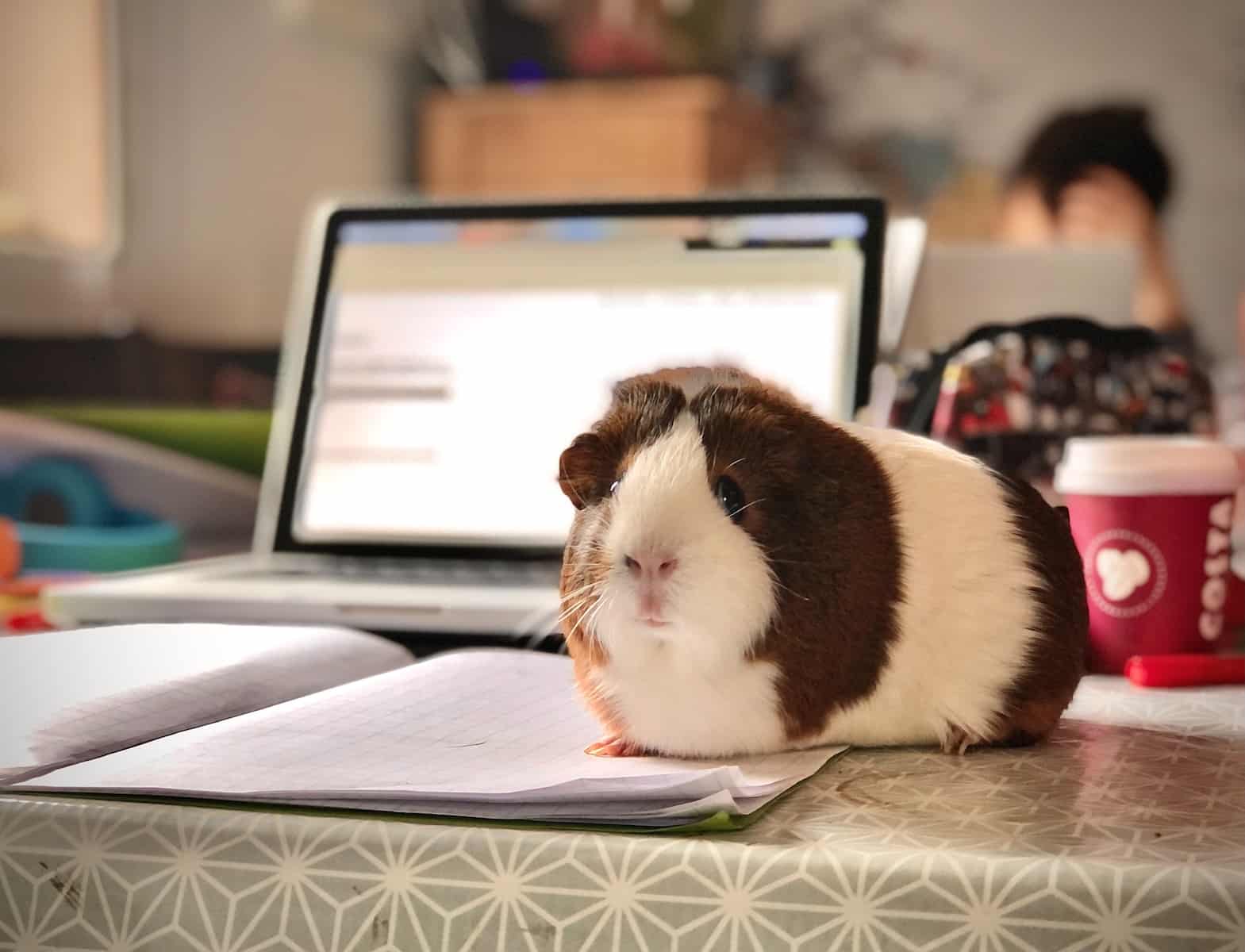
Investing in fleece bedding for your guinea pig is a decision that benefits both you and your furry friend. Creating fleece bedding for your guinea pig is a satisfying and straightforward DIY project that will help you relieve after hours of working or studying. On the other hand, by providing a cozy and clean environment, you’re ensuring a happy and thriving companion. Its comfort, cost-effectiveness, and health advantages make it a superior choice over traditional bedding options.
Make the switch to fleece bedding today and witness the positive impact it has on your guinea pig’s well-being. It not only provides a comfortable environment for your pet but also offers long-term cost savings, environmental benefits, and relationship-enhancing practices. Your guinea pig will undoubtedly appreciate the extra love and care!
Frequent-Asked Questioned on How to Make Fleece Bedding for Guinea Pigs
Q1: How often should I wash fleece bedding?
A1: It is recommended to wash fleece bedding every 4 to 7 days, depending on the number of guinea pigs and their individual habits.
Q2: Can I use regular fabric instead of fleece?
A2: While fleece is preferred for its softness and absorbency, if it’s unavailable, you can use other pet-safe fabrics as an alternative.
Q3: Should I use fabric softener when washing fleece bedding?
A3: It’s best to avoid fabric softeners, as they can reduce the absorbency of the fleece.
Q4: Can I use fleece bedding for other small pets?
A4: Yes, fleece bedding can also be suitable for hamsters, rabbits, and other small animals.
Q5: Where can I buy fleece fabric?
A5: You can find fleece fabric at most fabric stores or through various online retailers. Besides, fleece fabric can be found in wholesale supermarket, groceries, etc.
Get Guinea Pig Moment everywhere!
For avid guinea pig enthusiasts, indulge in our exclusive T-shirt featuring endearing guinea pig illustrations and a witty quote: “A Woman cannot survive with wine alone… She also needs Guinea Pigs.”
This tee not only showcases your love for these cuddly creatures but also injects humor into your daily life. Grab yours now to get huge discount and proudly display your affection for these charming furballs, sharing the warmth and mirth they bring into our lives!

Sharing is Caring!
About The Author
PawCool Team
Related Categories: Guinea Pigs
Latest Articles

Never Miss A Thing!
All pet stories & guides you care about




